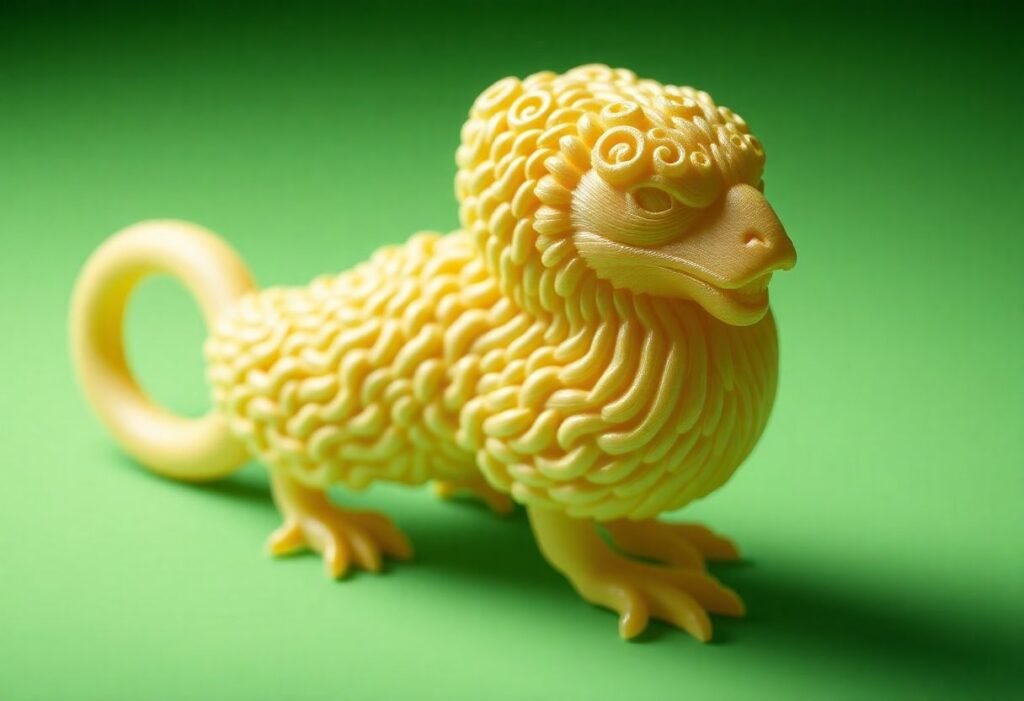3D printing is at the forefront of a technological revolution that is reshaping consumer goods. This innovative technology allows manufacturers to create products quickly and efficiently, saving time and resources, which is essential in today’s fast-paced market.
The Impact of 3D Printing on Product Design
With the rise of 3D printing, product design has undergone a significant transformation. Manufacturers now have the capability to create intricate designs that were previously unattainable through traditional manufacturing methods. This technology enables designers to experiment with shapes and structures, optimizing for both aesthetics and functionality. Moreover, design iteration has become quicker, allowing for faster prototyping and a more responsive design process. As a result, companies can better meet consumer demands by delivering customized solutions that resonate with their target market.
Cost-Effectiveness and Efficiency
One of the most compelling advantages of additive manufacturing is its cost-effectiveness. Traditional manufacturing often involves considerable waste due to the subtractive processes used. However, 3D printing builds components layer by layer, significantly reducing material waste. This efficient use of resources not only leads to lower production costs but also minimizes environmental impact. Additionally, the ability to produce goods on-demand reduces inventory costs and offers businesses the flexibility to respond quickly to changing market trends.
Customization and Personalization
Consumers today are increasingly seeking products that reflect their personal style and preferences. 3D printing allows for unprecedented levels of customization, enabling businesses to offer tailored products without incurring prohibitively high costs. Brands can provide consumers the option to personalize color, shape, and even functionality of the products they purchase. This capability fosters customer loyalty, as consumers appreciate the opportunity to own unique items that cater to their individual needs and desires.
Supply Chain Transformation
The capabilities of 3D printing technology extend beyond product creation; they also revolutionize the supply chain. With less reliance on existing manufacturing infrastructures, companies can produce goods closer to the end consumer, reducing shipping times and associated costs. This localized production model not only enhances efficiency but also promotes sustainability by minimizing carbon footprints caused by transportation. Manufacturers can adapt swiftly to market demands, optimizing production schedules based on real-time data.
Innovation in Materials
Another exciting aspect of the 3D printing revolution is the development of new materials. Innovations have expanded the range of materials that can be used, including flexible polymers, metal composites, and even bio-materials. This diversity allows companies to create products that are stronger, lighter, and more sustainable. The exploration of new materials opens up a realm of possibilities for industries ranging from automotive to healthcare, promoting advancements in product functionality and performance.
Future Prospects and Challenges
While the potential of 3D printing in the consumer goods sector is immense, challenges remain. Issues like regulatory concerns, intellectual property rights, and quality assurance must be addressed to fully harness the capabilities of this technology. Despite these hurdles, the future looks promising, with continued advancements in 3D printing techniques and materials. Companies that adapt to these changes will not only drive innovation but also unlock new markets and opportunities.
Disclaimer: The information provided in this article reflects the author’s views and is intended for informational purposes only. It should not be considered as professional or financial advice.





















